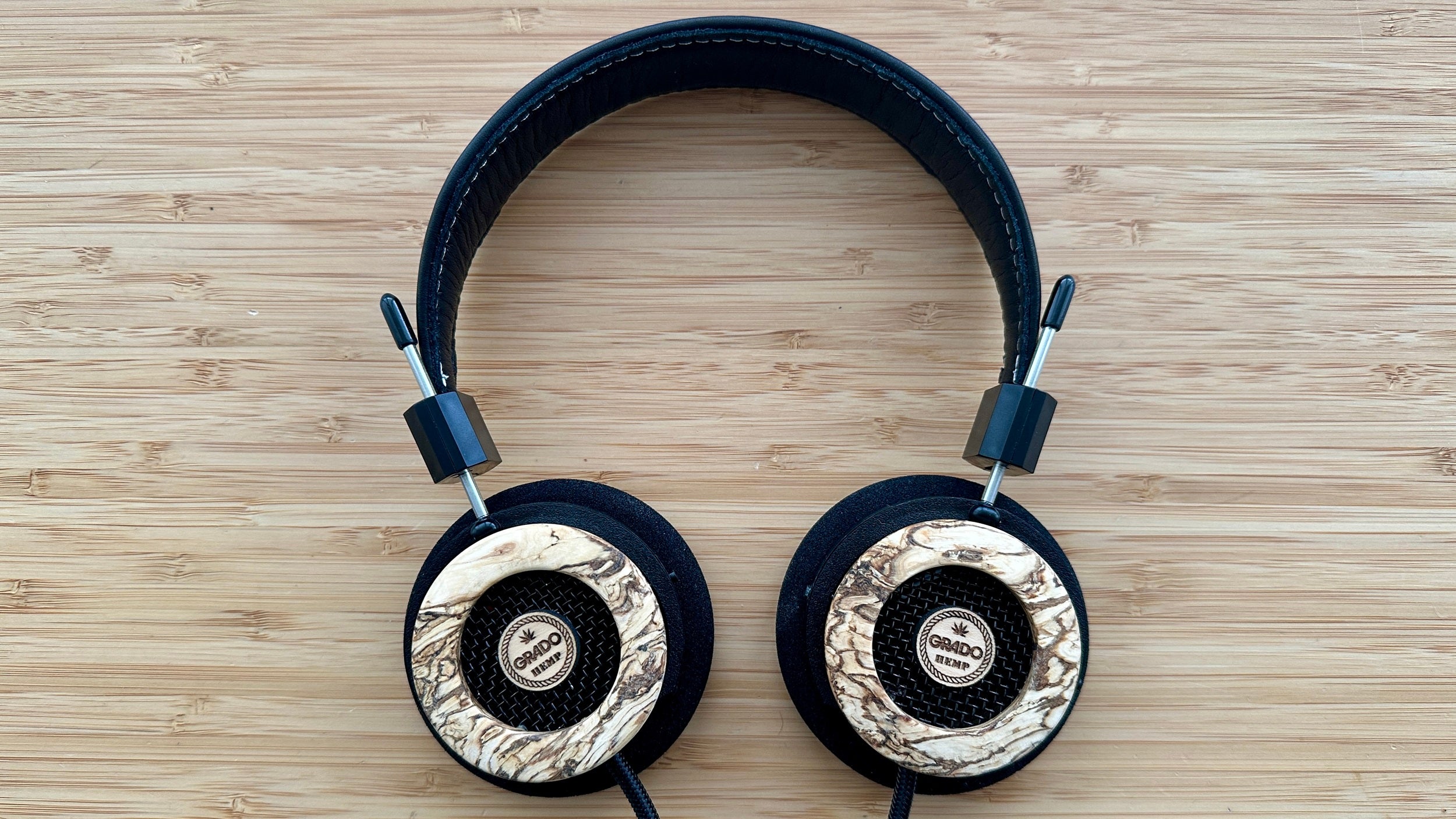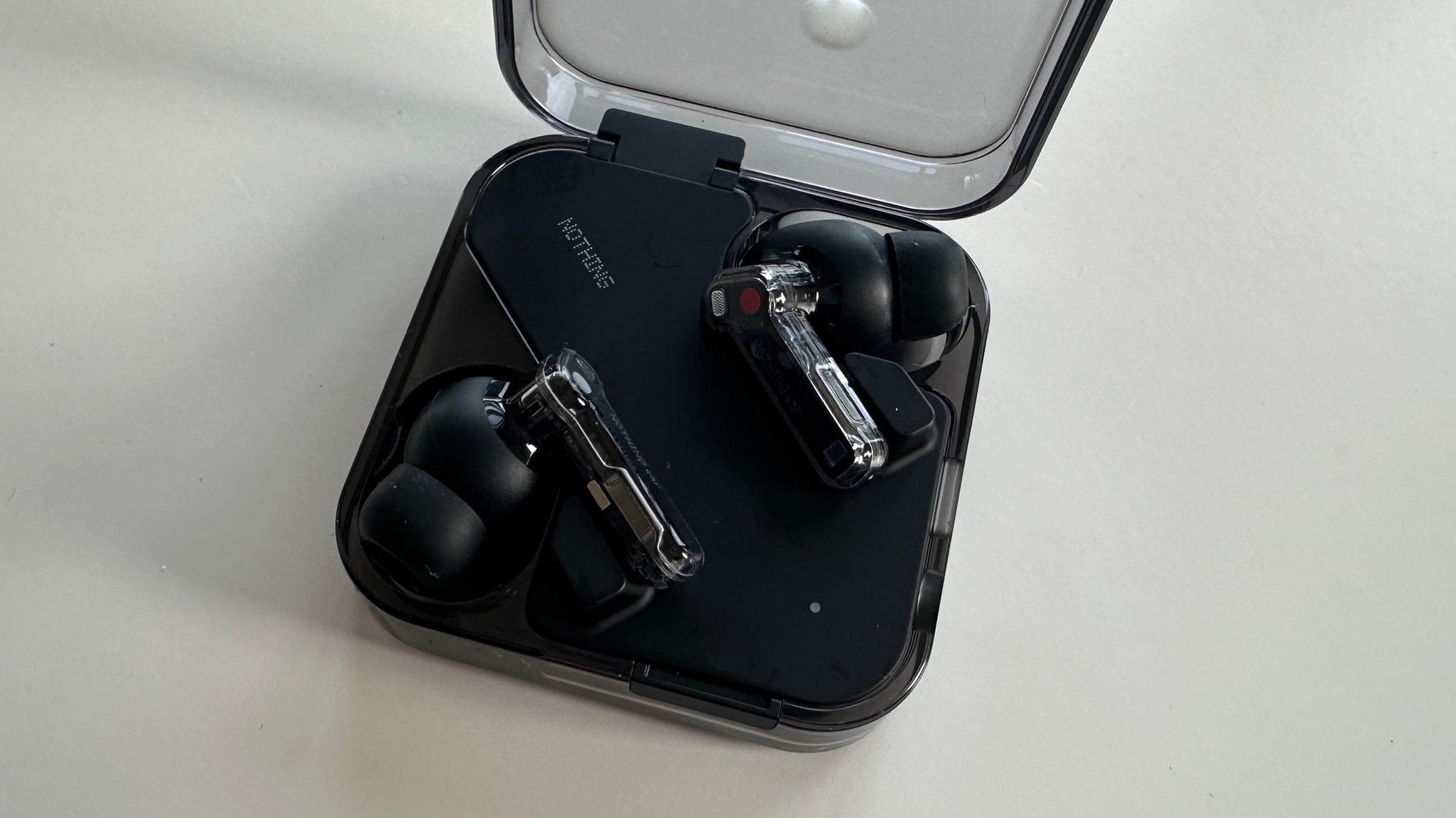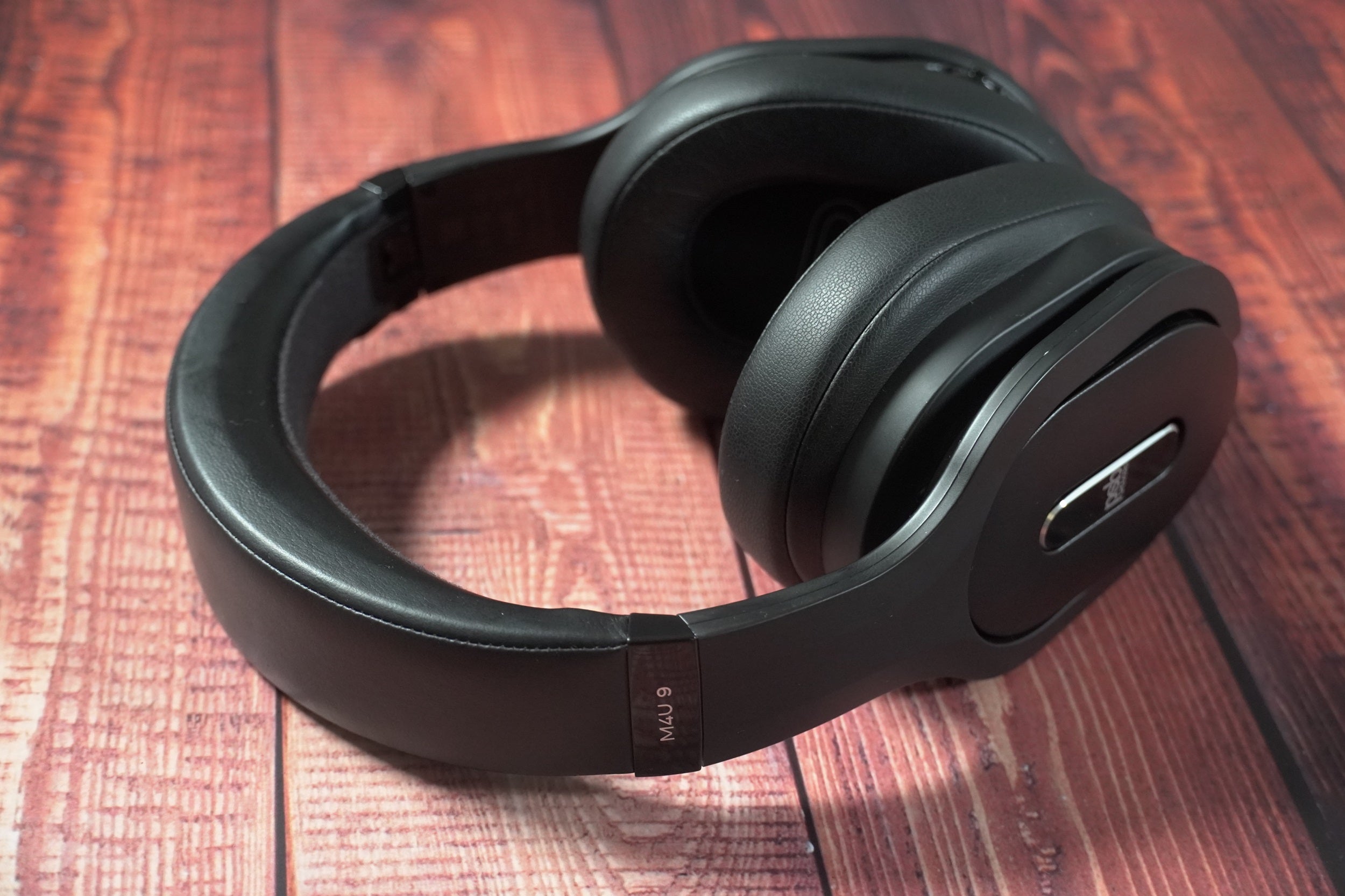Shure SRH440A

The Shure SRH440A are a solid and relatively inexpensive pair of headphones for mixing, especially if you’re dealing primarily with voices.
Pros
- Practical, comfortable design
- Affordable price
- Good vocal retrieval
Cons
- Ok noise isolation
- Not the best for all types of music
Key Features
- Sound qualityAims for “transparent, natural sound signature”
- Drivers40mm dynamic neodymium drivers to provide low distortion
Introduction
Headphones used for production purposes don’t get much of an airing on this site, but we’re looking to widen our remit to cover all types of headphones.
And so after looking at the Shure SRH840A in 2022, it’s the turn of the more affordable SRH440A. Both the 840A and 440A are part of Shure’s line-up of headphones for professional musicians, creators and mixers optimised for studio listening and critical listening.
Are the Shure SRH440A worth the investment for your home or professional studio? Here are my two cents on whether they are.
Design
- Lightweight design
- Black colourway
- Good comfort
First things first, the Shure SRH440A are wired headphones, coming with a long 3m cable to plug into whatever source you’re using them with. They only come in a black version that’s discreet and anonymous; and though it’s very obviously made from plastic – hard plastic for the earcups – they’re lightweight at 268g.

I’ve found them comfortable to wear over longer sessions with no pinching around the ear, and a good deal of thick padding on the underside of the headband. The padding on the earcups themselves are not necessarily the most plush or soft, but the headphones sit on the head without producing much pressure. The space inside the headphones is large enough for my ears to slip in quite easily.
The headphones aren’t collapsible, but can be folded flat. These headphones don’t have a carry case, so they’re not particularly a candidate for being transported around, but are easy enough to stow away.

The Shure SRH440A have a closed-back design so they won’t leak sound like an open-backed pair, nor will they leak it in. The noise-isolation is okay, certainly better than a AKG K52 that I used from time to time, but these headphones don’t blot out all the sounds around me.
Features
- Wide frequency response
- 40 ohms impedance
- 3-metre cable
It’s not exactly a roll-call of features for a pair of wired headphones, but I’ll go through what there is, starting with the frequency response.
10 to 22000Hz indicates a wide frequency response, wider in fact that human hearing is possible of, but signifies the Shure will be accepting of audio signals within that frequency range. Sensitivity is 97dB and impedance is 40 ohms, so this should be a relatively easy pair of headphones to drive and it can get loud enough.

The driver is a low distortion 40mm dynamic neodymium driver that Shure says offers a “natural and balanced frequency response”, while the 3m cable comes with a 6.3mm gold-plated adapter that locks into the headphone with a twist so it doesn’t easily fall out.
Sound Quality
- Great at picking up voices
- Not for the best for general music listening
The shallow earcups of the Shure SRH440A means that the soundstage won’t be the widest – in fact, it is quite narrow compared to most other closed-back headphones. I don’t do any mixing in my spare time (at least not yet), but I do listen to audio files for transcriptions and that’s primarily what I’m using the SRH440A for.
I’ve got two other headphones as alternatives: a battered and tattered pair of AKG K52 and Meters Novu-1 headphones. The Shure locks onto voices much better than the AKG does; it sounds slightly warm and thick, but its focus on the midrange helps bring voices to the fore, while on the AKG they retreat into the background.

There are good levels of clarity and detail afforded to voices without causing a sibilant tone, with voices that sound more natural and dynamic. It has the effect of making a rickety sound recording better, as if an actual conversation is taking place rather than faraway off into the distance.
It’s the same when the Shure is measured against the Meters. When people’s voices get quiet or sound more distant on the recording, the Shure is still able to pick them out whereas with the Novu-1 I feel as if I have to raise the volume. Conversations stick to the Shure like glue.
Would you use these headphones for listening to music or more critical listening? Initially I would have said no, but now I’d say it depends on what you’re listening to. With some tracks (Doves’ Sea Song) the Shure produces punchy bass and picks out better mid-bass detail than the Novu-1 does.

With treble frequencies (GoGo Penguin’s Atomised), the Shure can produce a bright and clear performance with a lovely sense of clarity. You would think it all hangs together well across the frequency range.
But the SRH440A’s biggest problem is how it describes the soundstage and the levels of definition it offers. It’s a spacious sound, but in the vaguest senses the Meters Novu-1 presents a more coherent soundstage than the Shure is capable of.
Latest deals
Should you buy it?
You should buy if you need an affordable headphone for mixing
Though the RRP states the Shure SRH440A as £105, you can get them for less than £90 in a few places if you’re after a relatively inexpensive pair of headphones for mixing.
You should not buy if you also want to listen to music
The Shure are fine for music, but the soundstage is not as coherent or as defined as wired headphones that cost half the price. That’s not their purpose.
Final Thoughts
As relatively affordable headphones for mixing, I wouldn’t look past the Shure SRH440A if you’re using them for podcasts or any audio mix that has a focus on voices. It has a practical design, is easy to drive without any external amplification required, and most importantly, it puts in a good performance.
You could go for the more expensive SRH840A, which also boasts a measured approach to audio but with a wider frequency response. At least you have the option, depending on what you need it for and workflow.
How we test
We test every set of headphones we review thoroughly over an extended period of time. We use industry standard tests to compare features properly. We’ll always tell you what we find. We never, ever, accept money to review a product.
Find out more about how we test in our ethics policy
Tested across several months
FAQs
There’s a 3m cable that terminates in a 3.5mm connector. There’s a 6.3mm adapter included in the accessories.
Full specs
The post Shure SRH440A appeared first on Trusted Reviews.
https://ift.tt/xy154wh






Comments
Post a Comment